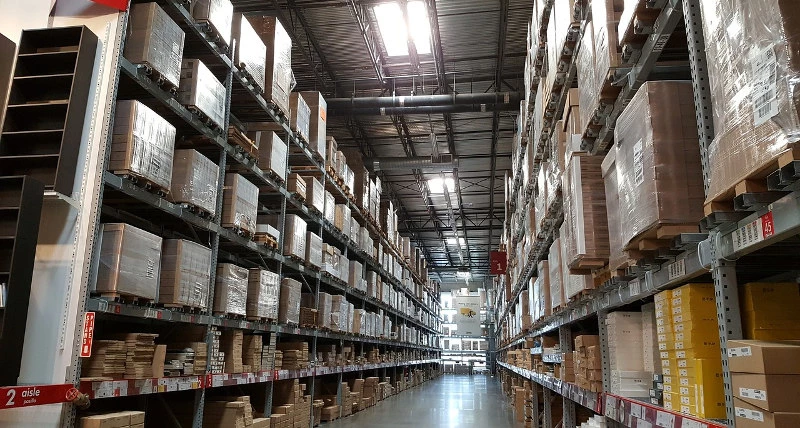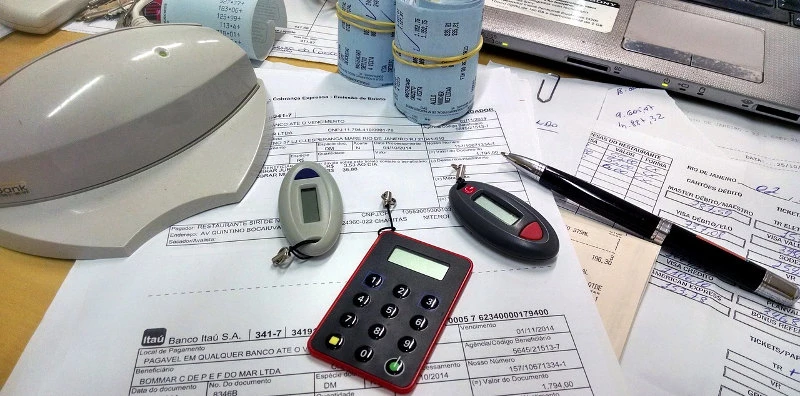Net Operating Assets Calculator
Analyze a company's operational performance with the help of Calcopolis.

This handy online net operating assets calculator (NOA calculator) allows you to assess the company's operational performance.
This article will teach you what NOA is, how it can be calculated, and why it is so important. After reading this text, you will be able to calculate your company's net operating assets, interpret the results and identify possible optimizations.
What are net operating assets?
Net Operating Assets (NOA) is a financial metric defined as the difference between a business's operating assets minus its operating liabilities.
NOA focuses on operating activities and excludes all financial activities from its analysis. Therefore, earned interest and interest expenses are not the subjects of this analysis.
Thanks to this, NOA is a clear indicator of a company's operational effectiveness.
How to calculate net operating assets?
The calculation of net operating assets is pretty simple. The key is to identify the value of its key components correctly. Therefore below, we explain how to calculate the NOA value.
-
Calculate operating assets
The operating assets are the sum of all operational revenue-generating assets:
- the cash
- accounts receivable
- prepaid expenses
- fixed assets
- inventory
-
Calculate operating liabilities
Operating liabilities are the sum of all non-financial expenses you need to cover:
- accounts payable
- accrued operating expenses
-
Calculate net operating assets
The NOA value is the difference between those previously calculated values. You may use our NOA calculator to find its value or use the formula below.
The NOA formula
NOA = operating assets - operating liabilities
You may further expand this formula to:
NOA = (cash + accounts receivable + prepaid expenses + fixed assets + inventory) - (accounts payable + accrued operating expenses)
The importance of net operating assets analysis

The NOA analysis allows the decoupling company's operational performance from financial earnings. It will enable analyzing how well the company handles its day-to-day business.
Companies that recently raised a high amount of investment capital may benefit from increased interest earnings, which may obscure the business's actual performance.
On the other hand, highly leveraged companies are subject to high-interest charges, which may decrease overall net profit. However, the NOA calculation will reveal the actual business operational performance.
Here are some key reasons why NOA analysis is important:
-
A measure of operating efficiency:
NOA analysis provides a measure of a company's operating efficiency. By looking at the difference between operating assets and operating liabilities, investors can get an idea of how well the company is utilizing its assets to generate revenue. -
Indication of future growth:
An increasing NOA over time can indicate that the company is investing in assets that will generate future growth. A decreasing NOA may suggest that the company is divesting assets or not investing in new assets, which could have implications for future growth potential. -
Identifying potential problems:
NOA analysis can help identify potential problems with a company's operations. For example, if a company's NOA is decreasing while revenue is increasing, it could be an indication that the company is relying too heavily on short-term financing to support its operations. -
Comparative analysis:
NOA analysis can be used to compare companies within an industry or sector. This can help investors identify companies that are more efficient at generating profits from their operations, which could be an indication of better management.
By looking at the relationship between a company's operating assets and liabilities, investors can get a better understanding of how well the company is utilizing its assets to generate revenue and identify potential problems or growth opportunities.
The limitations of NOA analysis
While net operating assets (NOA) analysis can provide valuable insights into a company's financial health and efficiency, there are also several limitations to keep in mind:
-
Limited scope:
NOA analysis focuses only on a company's operating assets and liabilities and does not consider other important factors such as financing activities, investments in non-operating assets, or cash flows. It may not provide a complete picture of a company's financial health. -
Non-standardized calculation:
There is no standard method for calculating NOA, and different analysts may include different items in their calculations. This can make it difficult to compare NOA across companies or industries. -
Dependent on accounting practices:
NOA is based on a company's financial statements, which are prepared according to accounting standards. However, these standards can vary across countries and over time, affecting NOA calculations' accuracy and comparability. -
Limited use for certain industries:
NOA may be less useful for companies that rely heavily on intangible assets such as intellectual property, patents, or brands. These assets may not be reflected in NOA calculations and may require different analytical approaches. -
Ignoring market value:
NOA only considers the book value of a company's assets and liabilities and does not consider changes in market value. This means that NOA may not reflect the true value of a company's assets and liabilities, particularly in industries where asset values can fluctuate significantly.
In summary, while NOA analysis can be a useful tool for evaluating a company's financial health and efficiency, it is important to consider its limitations and supplement it with other financial and industry-specific analyses.
FAQ
What are operating assets?
Operating assets are the group of assets that contribute to revenue generation - for example, cash, accounts receivables, inventory, etc.
What are operating liabilities?
Operating liabilities are the group of liabilities the company has to cover to maintain its core business operations - for example, accounts payable (amounts invoiced by the suppliers) and accrued expenses (amounts owed to the suppliers but not invoiced yet).
What are fixed assets?
Fixed assets are a group of assets with a long duration, which cannot be quickly sold and turned into cash - for example, real estate or in general property, plant, and equipment (PP&E)
Similar metrics
To better understand company assets and the value they provide to the company, you may calculate the Return on Assets ratio.
See our other calculators for investors if you wish to perform an in-depth analysis of a company's health.

